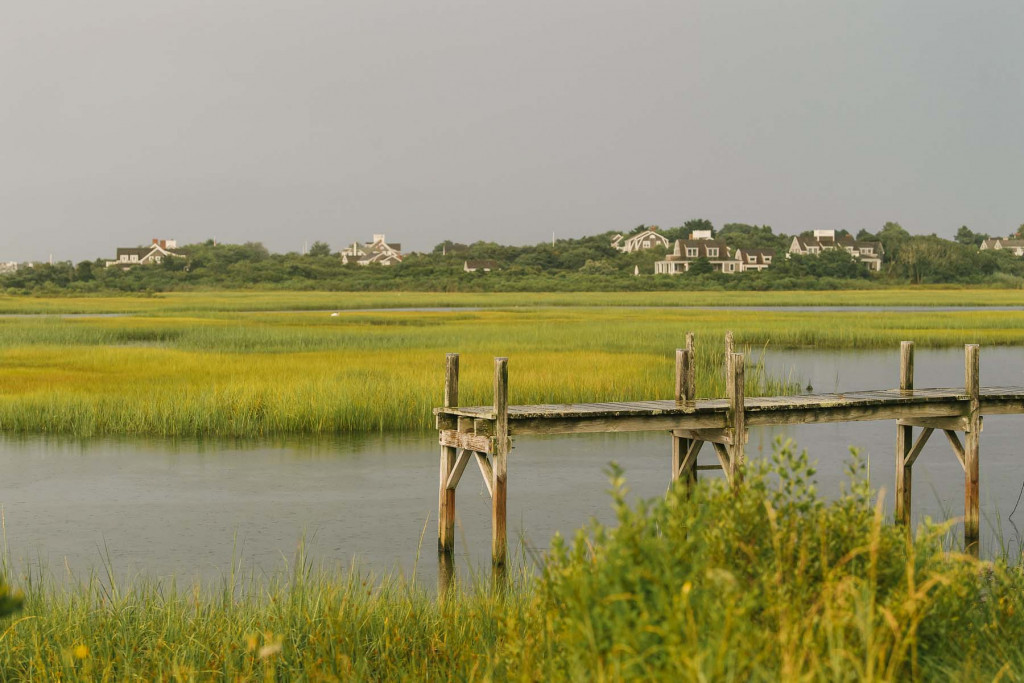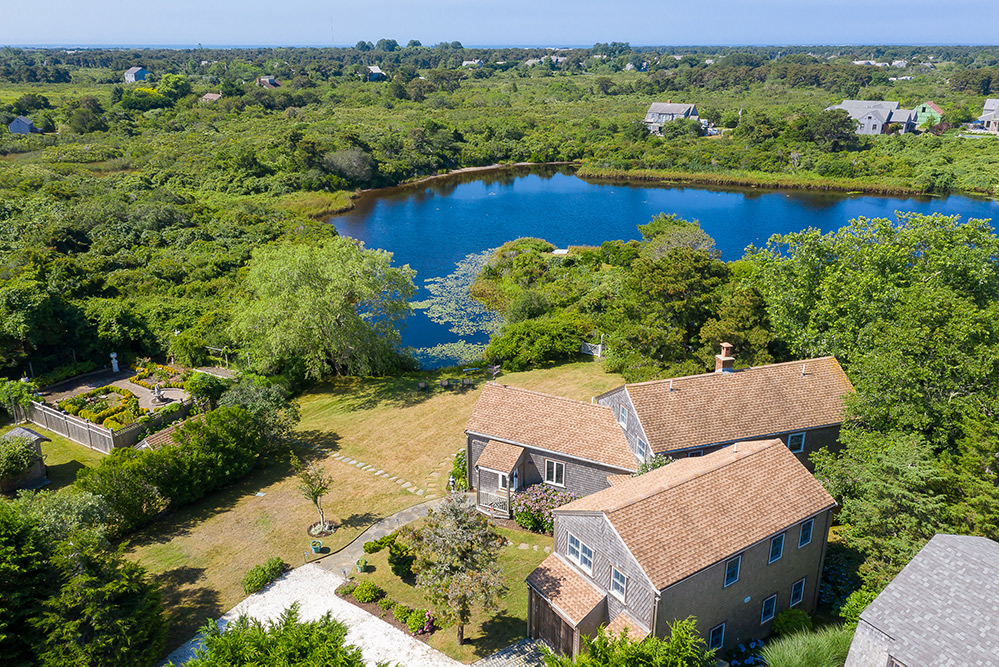What do you do if wetlands potentially impact your property or a property you are interested in buying?
When you fall in love with a property on Nantucket, and may even be involved in a bidding war to secure it, the last thing you might think about is the regulations that may constrain its future potential. Having some understanding of wetlands, protected species and the Conservation Commission (ConCom) can be tremendously helpful in understanding the ability to build or expand a property and will influence its market value.
While a civil engineer’s study will confirm specifics, in general, 100 feet away from wetlands is the rule of thumb for where building can take place without much need for special approvals. Depending on the circumstance, it is possible to apply to ConCom for permission to build/expand between the 50-foot and 100-foot lines. If there are structures pre-existing between 0 feet and 50 feet, you may repair or replace them, but you often cannot expand them or change them significantly.

A Wetland Determination is a survey done by an engineer which is subsequently submitted to ConCom for approval. For the Determination, the engineer surveys the property in question, takes soil samples, and studies plant life present throughout the area. The engineer then creates a survey plan featuring delineations based on the information gathered. This is essential to determine where it is suitable to build or alter the property.
To formalize this plan and put it on record with the town and ConCom, the engineer will submit the plan for approval during the bi-monthly ConCom meeting. If the plan is approved and stamped, this memorializes that determination which is valid for three years. Having this approved plan in place provides guidance on where improvements can be made, from architects to landscape designers, and allows for its use in applications for permitting.

To give a few of the specifics on the guidelines of what is allowed where, here are some details:
In general, 100’ away from wetlands is the guideline for where building can occur and special approvals are not needed; however, depending on the circumstances of any given lot, it may be possible to apply to ConCom for permission to build or expand between the 50’ and 100’ lines. Additionally, if pre-existing structures are located between 0’ and 50’ from wetlands, you may repair or replace them, but you cannot expand or change them significantly.

In the case of subdividing a property that may be impacted by wetlands, the following applies. Based on zoning, 90% of the minimum lot size needs to be upland on the newly created lot. For example, in 5,000 sq ft zoning, the subdivided parcel would need to have 4,500 sq ft of dry land. Reaching out to an engineer for a wetland determination would be the first step to determine where there are wetland impacts. Based on the conditions on the property, they will help you configure where the subdivision can occur and what area can be developed. With this information, you can apply to ConCom and the Planning Board with your concept design.
Regardless of the circumstances, it’s always best to reach out to the Conservation Commission first if you have any questions or concerns about a particular property. They are very helpful and great sources of knowledge.
Please visit their website for more information:


